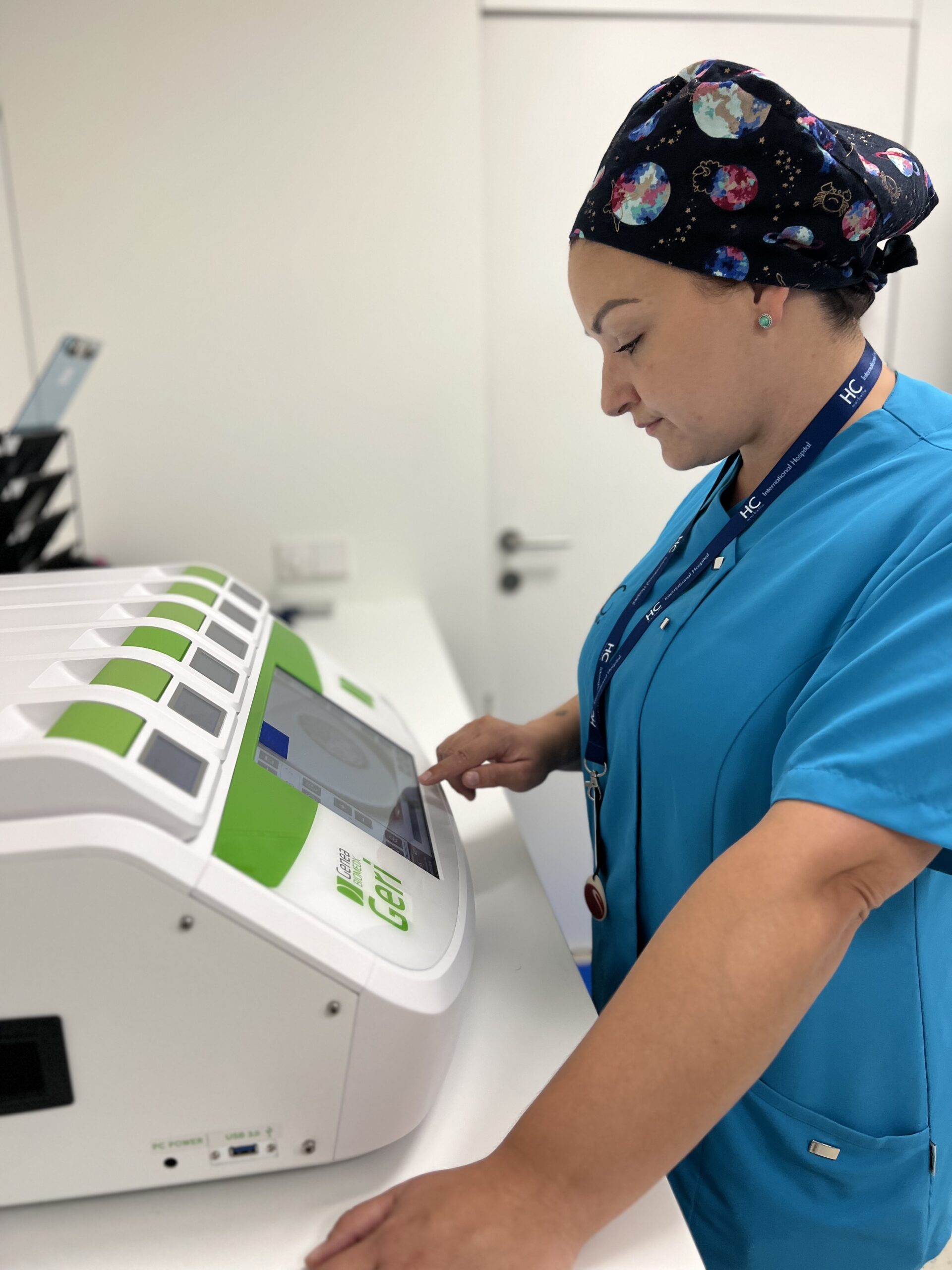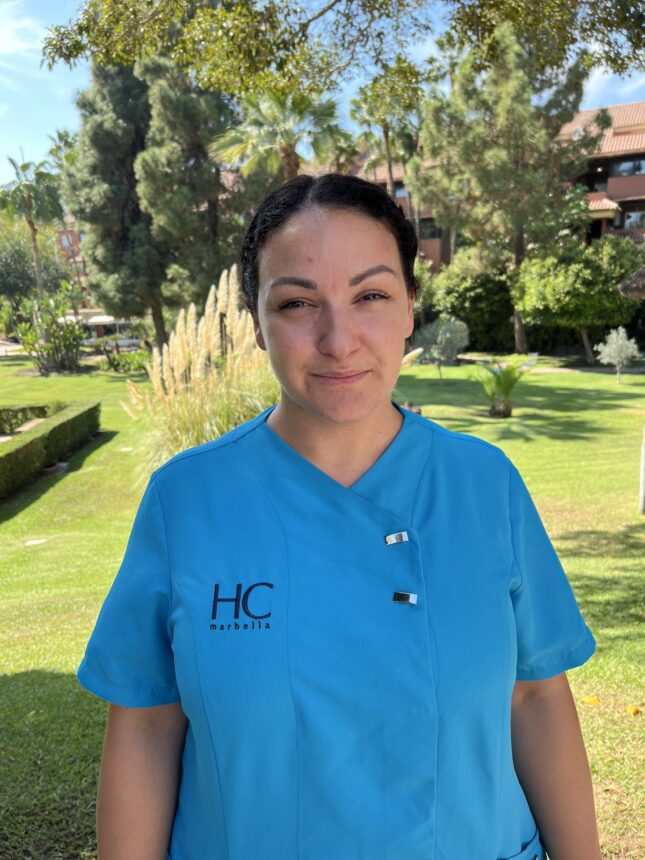17 April, 2024
Pacientes transexuales y la reproducción asistida

At present, in the context of the growing importance of inclusion and diversity, it is crucial to comprehensively address reproductive health, including assisted reproductive options for transgender people.
Both the World Health Organization (WHO) and the World Professional Association for Transgender Health (WPATH) support the right of transgender people to receive medical care to have children, recognising that hormone therapy can affect fertility. In recent years, demand for reproductive medicine treatment has increased significantly among transgender people, reflecting a growing interest in fertility preservation both before and after gender transition.
Fertility preservation in transgender men:

Transgender men have the opportunity to explore various options to preserve their reproductive capacity before or during their gender transition. This is of significant importance because of the potential adverse effects that hormone treatments and gender affirmation surgeries can have on fertility.

Oocyte cryopreservation in transgender men:

One of the most common alternatives is oocyte cryopreservation. Before starting hormone treatment, oocytes can be collected and frozen for later use in assisted reproductive techniques, such as in vitro fertilisation (IVF).
This alternative, which requires the individual to undergo a cycle of ovarian stimulation, provides a valuable opportunity for future parenthood.
What does oocyte preservation consist of?

Oocyte preservation, also known as cryopreservation, involves the use of cryoprotectants to maintain the integrity of the egg and the storage in liquid nitrogen. Oocytes are frozen at an extremely low temperature (-196°C) to ensure that their quality does not deteriorate over time. Cryopreserved oocytes can be stored for as long as desired, although gestation after the age of 50 is not recommended under any circumstances.
If the oocytes are not needed in the future, consent can be given for their disposal or donation.
Assisted Reproductive Technologies for Transgender Men

Assisted reproductive approaches for transgender men who want to become parents vary depending on their medical history and their progress during transition.
Oocyte and Sperm Donation

In situations where oocyte preservation was not possible, transgender men may consider using donor eggs. Also, if they have undergone a hysterectomy, the use of donor sperm may be considered to fertilise the oocytes of the partner or of the donor in the IVF process.
Fertility preservation in transgender women

There are also options available for transgender women who want to preserve their fertility before starting hormonal treatments or surgery.
Sperm cryopreservation in transgender women

Sperm cryopreservation is the most common and accessible option for transgender women. Before starting any hormonal treatment, sperm can be collected and frozen for future use. This sperm can be used in various techniques, such as artificial insemination, or in vitro fertilisation (IVF) either with the oocytes of the partner or from a donor.
Sperm cryopreservation, also known as male fertility preservation, involves exposing the semen sample to a cryoprotectant, a substance that ensures the integrity of the sperm during the process. Once treated, the samples are preserved at an extremely low temperature (-196°C) in liquid nitrogen.
These semen samples will be kept indefinitely until the individual decides to end his reproductive desires or until the in vitro fertilisation cycle is completed.
In addition to fertility preservation, what assisted reproductive treatments are available?

In the event that the couple’s own sperm and oocytes are available, the following treatment options are available:
However, if the use of donor sperm and/or oocytes is required, the treatment alternatives are as follows:
In all of the above cases, embryo donation can also be considered.
Go to your assisted reproduction specialist
At HC Fertility we offer our transsexual patients the possibility to resolve all their doubts and we provide them with advice on the viable options that, thanks to reproductive medicine, they can access to form the family they have always wanted.





Ester Arissa
Embrióloga

Back to blog
In other news

3 September, 2019
Did you know that spain is the leader in assisted reproduction?
We apply more personalised therapies which are less aggressive, designed to protect the patient’s ...
[Continue reading ]27 February, 2023
Research applied to Reproductive Medicine
Achieving pregnancy is a synonym of hope, and even more so in the case of patients who were forced t...
[Continue reading ]


